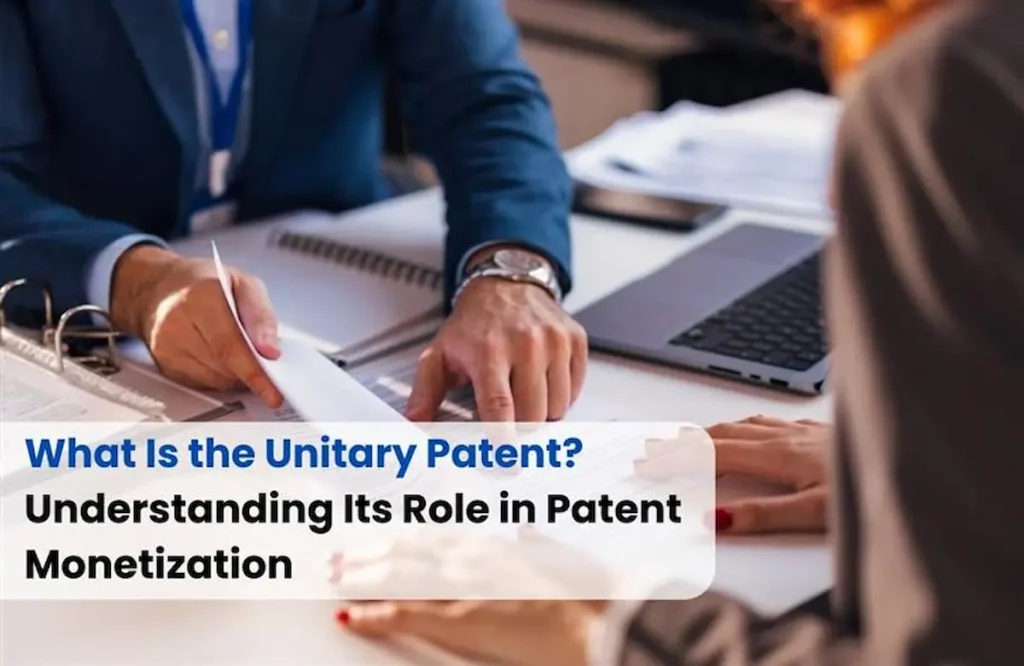
The Unitary Patent system is designed to work across participating EU Member States, making the process of patent protection far simpler than patent filing and maintaining patents in each country individually. Instead of managing multiple national procedures, inventors can now secure a single patent with uniform effect across much of Europe. But beyond administrative ease, this system also plays a significant role in patent monetization. By offering broader territorial coverage at lower cost, the Unitary Patent increases the value of intellectual property. But if you want to know more about the unitary system and its benefits in patent monetization, keep reading.
What is the Unitary Patent And How It Simplified The Patent protection in Europe?
The Unitary Patent is a single legal title that provides uniform protection across all participating EU Member States, removing the need to file and maintain separate patents in each country individually. Introduced as part of the European Union’s Unitary Patent System, alongside the establishment of the Unified Patent Court (UPC), this reform represents a major step toward simplifying patent protection in Europe. The system officially came into effect on June 1, 2023, aiming to reduce costs, cut down on administrative complexity, and make it easier for inventors and businesses to enforce their patent rights consistently across Europe.
- One patent covers many EU countries with a single title
- Saves money on translations, filings, and renewals in different countries
- Reduces paperwork and makes administration easier
- The Unified Patent Court handles disputes for all participating states
- One court decision is valid across all covered countries
- Easier to negotiate cross-border patent licensing deals
- Uniform rules make protection more predictable and consistent
How Businesses Can Monetize Patents with the Unitary Patent System
With the help of the Unitary Patent system, patent monetization becomes much easier, especially within the EU, where multiple benefits of the system add value for inventors and businesses, such as:
- Licensing made easier: One patent covers many EU states, so a single agreement applies across multiple markets.
- Selling becomes more attractive: Buyers and investors gain broader protection without extra national filings.
- Lower costs: Reduced renewal and translation fees improve net returns from patents.
- More valuation: Broader coverage and predictable rules make patents more valuable for monetization.
How the Unitary Patent Changed Patent Monetization in Europe
Before the Unitary Patent system, making money from patents in Europe was complicated and expensive. Inventors had to file and maintain patents separately in every country, pay different renewal fees, deal with lots of translations, and even handle licensing or disputes one country at a time. This took extra time and reduced profits. After the Unitary Patent system, things have become much easier and more useful. Now, one single patent can cover many EU countries, costs are lower, and the paperwork is simpler. Companies can license their patents across several markets in one deal. Selling patents is more attractive because they cover more countries, and disputes can be handled in one court. Overall, it saves money, reduces effort, and makes patents more valuable as business assets.
Read Also: Patent Monetization Over the Last 5 Years: Role of AI in Transforming Patent Value
Conclusion
The Unitary Patent marks a new era for innovation in Europe, simplifying protection, reducing costs, and unlocking greater opportunities for patent monetization. By making licensing, selling, and enforcement easier across multiple EU states, it strengthens the value of intellectual property and creates new possibilities for businesses, startups, and investors alike.









